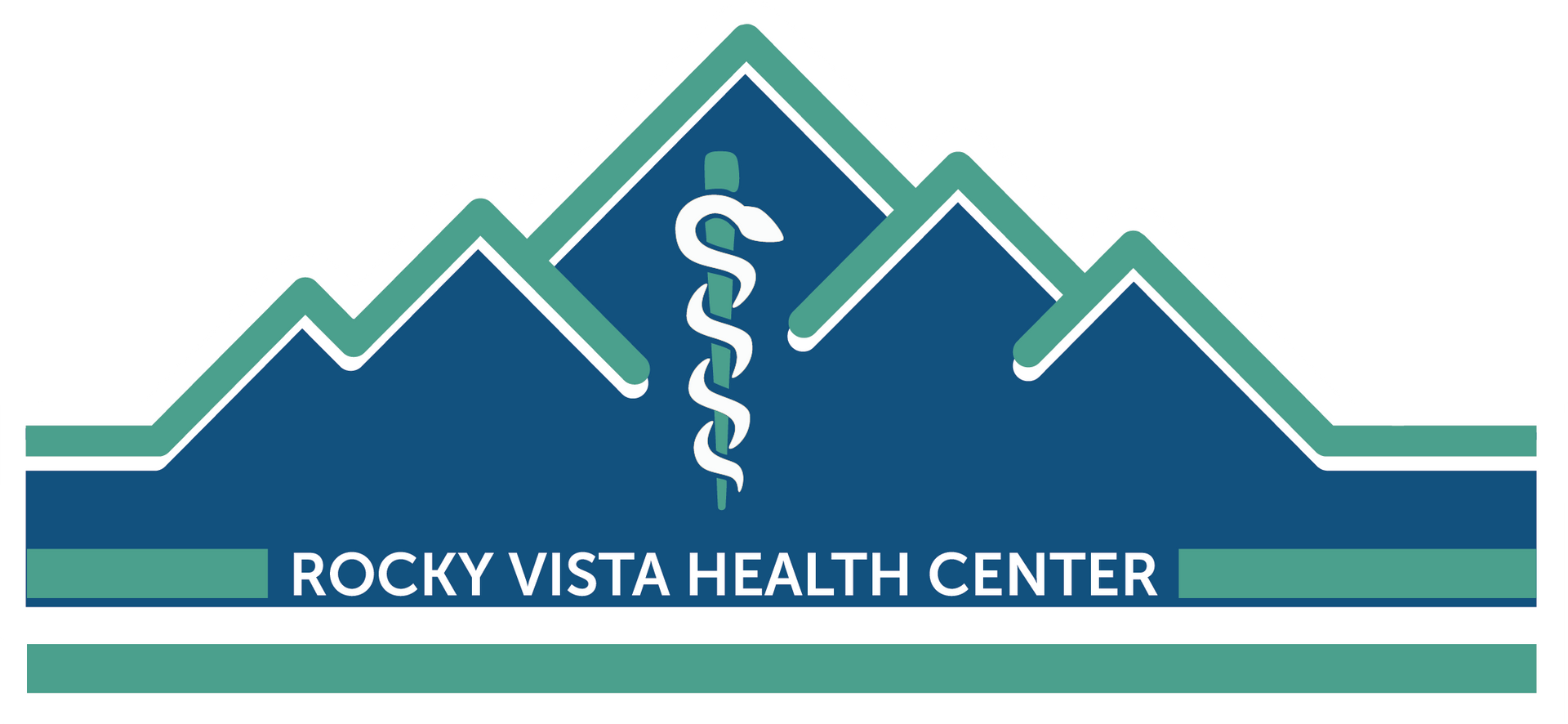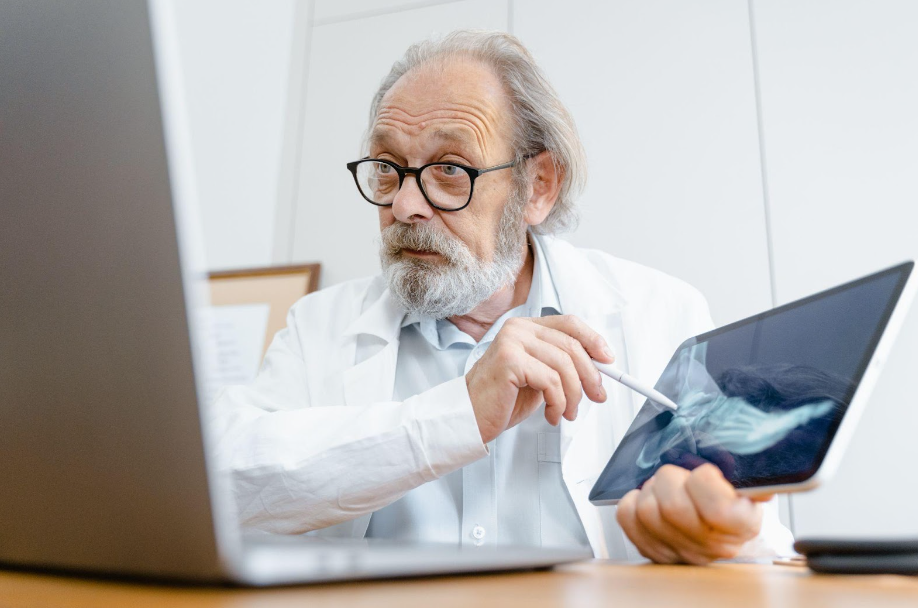What Is the Difference between a Chiropractor and an Osteopathic Doctor?
What Is the Difference between a Chiropractor and an Osteopathic Doctor?

If you have ever been confused between a chiropractor and an osteopathic doctor, you are not alone. It is a common question that many have on their minds. Read on as we attempt to clarify the difference between the two.
Chiropractic and Osteopathy are manual therapies that aim to improve health and alleviate pain by treating the musculoskeletal system. Both professions focus on the relationship between the structure of the body, especially the spine, and the functioning of the nervous system.
But even though chiropractors and osteopaths share similar objectives, their approaches and techniques can differ. Let us study their differences in more detail.
Who Is a Chiropractor?
Chiropractic doctors are healthcare experts whose expertise lies in studying how the human body operates, especially the workings of bones, muscles, spine, tendons, ligaments, etc. Most chiropractors focus on pain relief and recovery from injuries with rehabilitative exercises and effective massages.
It is their goal to enhance the body’s ability to self-heal by following non-invasive methods.
Assessment Methods of Chiropractors
Chiropractors use various assessment methods to diagnose and treat patients. The most commonly used approaches include:
- Patient History and Physical Exam: Chiropractors start by noting down the patient’s detailed medical history and then conducting a thorough physical examination to identify the root cause of the problem. They may also perform orthopedic and neurological tests to evaluate the range of motion, muscle strength, and reflexes.
- X-rays: Chiropractors can use X-rays to examine the bones and determine if there are any abnormalities or fractures. It can also help them recognise issues with the spinal alignment, such as a herniated disk or spinal stenosis.
- MRI (Magnetic Resonance Imaging): This imaging test can provide more precise images of soft tissues, such as the spinal cord, nerves, and muscles. An MRI reveals problems like spinal cord compression or spinal tumours.
- CT (Computed Tomography) Scan: CT scans create cross-sectional images of the bones and tissues. They are again great for identifying spinal fractures, tumours, and spinal stenosis.
- Nerve Conduction Studies: Nerve conduction studies measure the electrical signals sent along the nerves. These tests can help chiropractors determine nerve damage or problems with nerve function.
Chiropractors may also use other diagnostic tools, such as ultrasound and thermography, to aid in their diagnostic process.
Treatments Offered by Chiropractors
Once a chiropractor completes the assessment and diagnosis of a patient, they develop a treatment plan. These plans may include:
- Manual Adjustment: The most common treatment method utilised by chiropractors is called manual adjustment, also known as spinal manipulation. This involves using their hands to apply a controlled force on joints to restore proper movement and alignment. Chiropractors typically perform this on the spinal vertebrae.
- Soft Tissue Therapy: This includes techniques such as massage, trigger point therapy, and stretching to reduce discomfort and muscle spasms.
- Rehabilitation Exercises: Chiropractors may prescribe specific exercises, such as aerobics, to help strengthen the muscles and improve flexibility, stability, and posture.
- Lifestyle Advice: Chiropractors also advise patients on lifestyle modifications, such as ergonomic changes to the workplace. The affected also need to look after their nutrition, and stress management, to support the healing process and prevent future problems.
- Heat and Cold Therapy: Chiropractors can also use heat or cold therapy, to decrease pain and swelling in the affected area.
- Electrical Stimulation: This involves using mild electrical currents to stimulate the muscles and subside inflammation.
- Ultrasound Therapy: Ultrasound therapy uses high-frequency sound waves to penetrate deep into the tissues and lessen aches and swelling.
These are some of the cures chiropractors use, but the specific treatment will depend on the patient's condition, symptoms, and preferences. Some treatment plans may require that two or more of these treatment options be combined for effective results.
Who Is an Osteopathic Doctor?
Osteopaths focus on the workings of the entire body and approach treatment more holistically. Their therapy aims to enhance the function and balance of the internal systems to improve a body's natural healing process, rather than just focusing on symptoms and pain alleviation.
Osteopathic doctors cure many ailments like musculoskeletal pain, injury, and postural problems, along with internal health conditions, such as digestive or respiratory issues. Osteopathy acts as a complementary treatment to conventional medical treatments for curing patients entirely.
Assessment Methods of Osteopathic Doctors
Osteopaths also employ a variety of examination methods to analyse and treat patients. They include:
- Medical History and Physical Exam: Osteopaths, just like chiropractors, first go through the patient's health history and then plan a treatment procedure.
- Observation and Palpation: Osteopaths use their hands to feel for any areas of tenderness, discomfort, or restricted movement. They also observe the patient's posture, movement patterns, and gait to identify any underlying structural imbalances.
- Orthopedic and Neurological Tests: They may conduct various tests like blood tests, urine tests and biopsies to identify the root cause of the problem.
- Imaging Tests: Osteopaths may also request imaging tests such as X-rays, MRI, or CT scans to get a more detailed picture of the condition.
- Visceral Manipulation: This technique involves gentle pressure applied to the abdomen and other internal organs to assess their movement and improve their function.
The process and techniques used by an osteopath may vary based on the patient's individual needs and health history.
Treatment Followed by an Osteopathic Doctor
Osteopaths use an array of cures to treat their patients. These treatment options may include:
- Soft Tissue Massage: This involves using gentle pressure and stretches to improve the mobility of the soft tissues, such as muscles and tendons.
- Joint Mobilization: Osteopaths employ the body's lubricating system or synovial fluid to treat affected joints and tendons.
- Articulation: They use gentle, rhythmic movements to amplify the function of the joints.
- Muscle Energy Technique: This involves working the patient's muscles to help cure the somatic dysfunction causing pain, especially in the thoracic spine.
- Counterstrain Technique: Through this technique, osteopaths use gentle pressure on specific points in the body to reduce cervical pain and other issues with the musculoskeletal system.
- Fascial Release: Osteopaths apply a light force to stretch and release the fascia, the connective tissue that surrounds the muscles, bones, and organs.
Osteopaths may also provide advice on lifestyle changes, such as exercise and diet, to support the healing process and prevent future problems.
Education and Training of Osteopaths and Chiropractors
Chiropractor
Different countries have diverse laws and conditions for becoming a chiropractor, but here is a basic structure of the requirements in the US.
- Chiropractors must complete a bachelor's degree program, usually in a health sciences field such as Anatomy, Physiology, or Biology. To qualify for this, there may be various requirements which differ from school to school.
- After completing their undergraduate degree, chiropractors enrol in a Doctor of Chiropractic (DC) program, which generally takes four years to complete. The program includes coursework, laboratory work, and clinical experience.
- To become licensed, chiropractors must pass a few national board exams, which test their knowledge and competency in the field. For the USA, The National Board of Chiropractic Examiners (NBCE) administer these exams. In addition to that, they must also pass state-specific licensing exams to practice in a particular state.
Osteopaths
Here is a fundamental structure of education and training courses for Osteopaths. It can vary from country to country.
- To become an osteopath, one must complete a rigorous educational and training program, which typically includes a Bachelor of Science (BSc) degree in Osteopathy. This is a 4-5 year full-time program that covers Anatomy, Physiology, Biomechanics, Pathology, and Osteopathic techniques.
- Some osteopaths even pursue a Master of Osteopathic Medicine (MOst) degree, which provides more knowledge in the field.
- During their education, osteopaths also receive hands-on clinical training to develop diagnostic and therapeutic skills. They start working with patients under the supervision of a licensed Osteopathic doctor.
- Finally, after completing their education, Osteopaths must pass a licencing exam. In States, it is the Comprehensive Osteopathic Medical Licensing Examination (COMLEX), administered by the National Board of Osteopathic Medical Examiners (NBOME). The licensing requirements vary by country but it typically includes a combination of written and practical exams.
Osteopaths and chiropractors must also participate in continuing education programs to maintain their licenses and stay up-to-date with the latest advances in their respective fields.
Difference Between Chiropractor and Osteopathic Doctor
Even though we can draw many similarities between these two professions, there are also some stark differences.
Scope of Practice
Chiropractic healing focuses mainly on spine-orientated treatments, and osteopathic recovery concentrates on the entire body.
Education and Training
An osteopath has a similar education to an M.D, so they can prescribe medicine. On the other hand, with a Doctorate of Chiropractic degree, chiropractors can not prescribe medicines.
Techniques Used
As mentioned above, osteopaths use a wide variety of treatment procedures. Chiropractors do that too, but they mostly rely on spinal manipulation and adjustments.
Both these professions are quite similar yet unique in their own ways. A patient torn between choosing any one of the two should understand their health-specific needs and then make a decision.
We Are Here To Help!
Injuries can cause some lasting inconveniences in our life, and it is definitely something everyone wants to avoid. If you are suffering from the aftereffects of an injury and need help, we are here to provide the finest treatments.
Here at Rocky Vista Health Center, we have some of the best chiropractic and osteopathic doctors who can diagnose your ailments and deliver proper remedies. We can also cover your other healthcare needs. Visit our website to know more about our services. Schedule an appointment or call us at (720) 875-2880 and we’ll be happy to help.
Keep Your Friend's Informed



